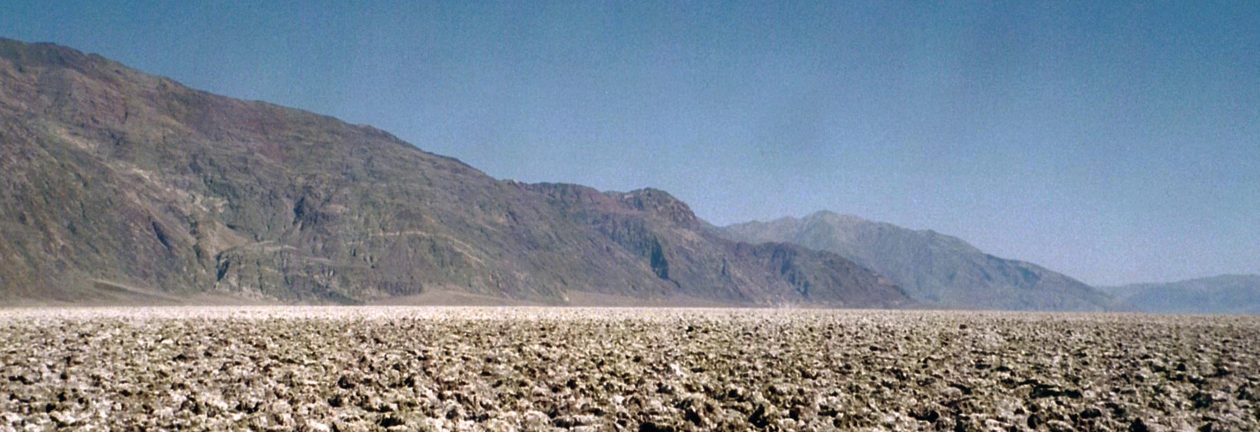Barcelona, Spain
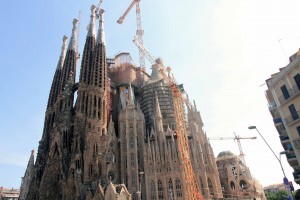
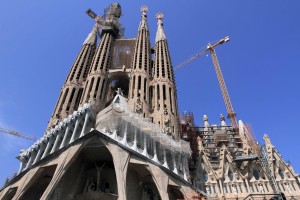
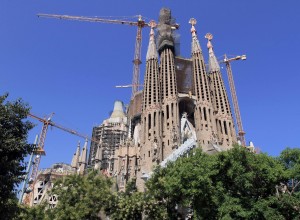
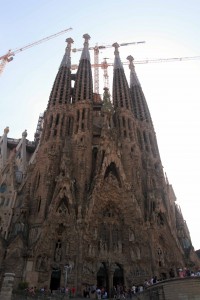
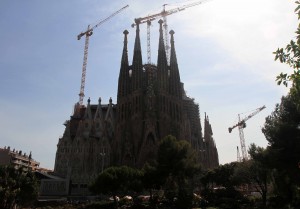
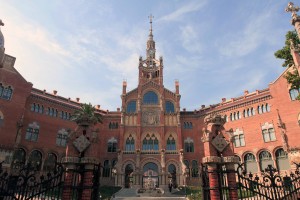
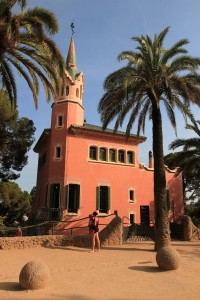
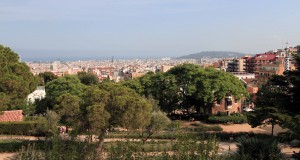
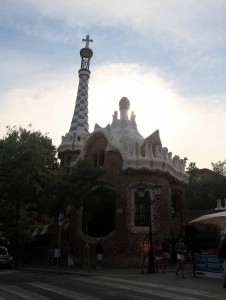
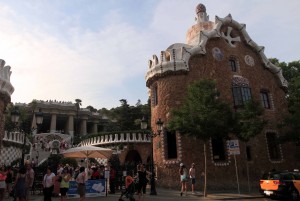
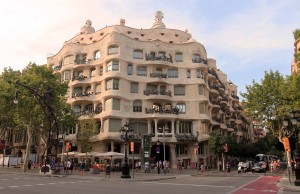
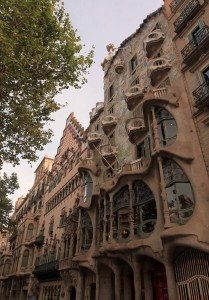
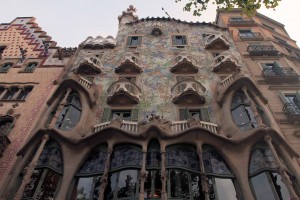
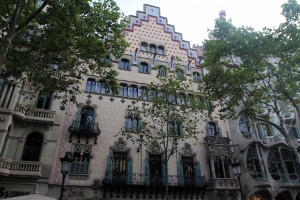
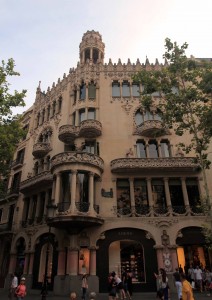
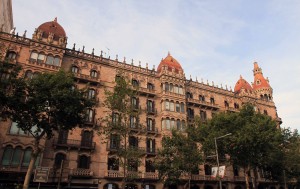
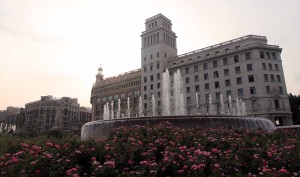
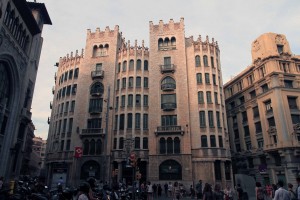
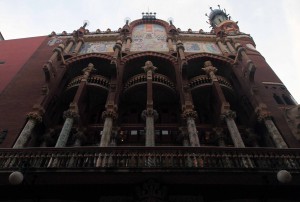
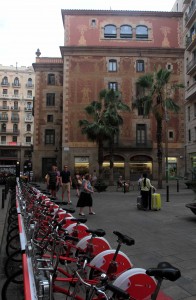
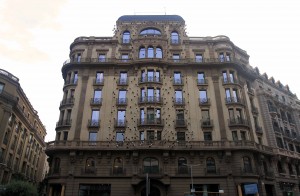
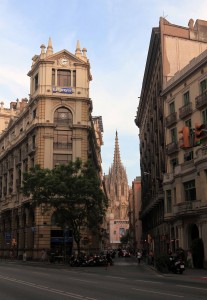
I finally got out of my bed around 14:00, having slept in far longer than I wished to (thanks to not being able to fall asleep until 05:00 or sometime after then last night). After I woke up, I showered, dressed, and got ready. I finally made it out of the apartment at 16:00, leaving Michelangelo behind since he still wasn’t feeling well. I then walked to the Barceloneta Metro Station and took the metro northward to the Sagrada Familia Station. From there, I walked out of the station and toward the Basílica i Temple Expiatori de la Sagrada Família (English: “Basilica and Expiatory Church of the Holy Family”), which was designed by Catalan architect Antoni Gaudí. Construction of Sagrada Família had commenced in 1882 AD and Gaudí became involved the following year, taking over the project and transforming it with his architectural and engineering style, combining Gothic and curvilinear Art Nouveau forms. Gaudí devoted his last years to the project, and at the time of his death at age 73 in 1926 AD, less than a quarter of the project was complete. Sagrada Família’s construction progressed slowly, as it relied on private donations and was interrupted by the Spanish Civil War, only to resume intermittent progress in the 1950s. Construction passed the midpoint in 2010 AD and it is anticipated to be completed in 2026 AD. I walked up to the Sagrada Família and then found the ticket entrance; however, just like the Picasso Museum, they sell tickets for particular times of the day and the only time left open was for 19:30 (a half hour before it closed); so, I was left with having to enjoy the Sagrada Família from the outside. I walked around the entire structure and then to the park to the north, which had a nice view of the building. I then walked northwestward (or something like it) for a while before coming to the Hospital de Sant Pau, which is a complex built between 1901 and 1930 AD, designed by the Catalan modernist architect Lluís Domènech i Montaner; it was a fully functioning hospital until 2009 AD and it is currently undergoing restoration for use as a museum and cultural center. I admired the modernist architecture from the outside and walked around part of it before continuing on to Park Güell. Upon reaching the park, I made my way past the terraced walls designed by Gaudí and to the house that Gaudí lived in from 1906 to 1925 AD; I then walked to the park entrance, which has two buildings, a main staircase, and other structures visible that were designed by Gaudí. I didn’t bother paying to enter inside and so I just enjoyed the architecture (what I could see) from the outside. Next, I walked to the nearest metro station (Lesseps) and rode the metro train to the Diagonal Station. From there, I followed the Modernisme Route – a trail through a portion of the city that takes visitors past many of the modernist buildings found in Barcelona. I followed this trail for the most part and on the way I passed by the Casa Milà (built by Gaudí in 1910 AD and is popularly known as “La Pedrera”), Casa Batlló (a remodel of a previously built house, it was redesigned in 1904 AD by Gaudí and has been refurbished several times after that), Casa Amatller (a building in the Modernisme style that was constructed in 1900 AD and was designed by Josep Puig i Cadafalch – it is adjacent to the Casa Batlló), Casa Lleó Morera (a building designed by noted modernisme architect Lluís Domènech i Montaner), Cases Antoni Rocamora (built by the Bassegoda brothers in 1914 AD), and the Palau de la Música Catalana (“Palace of Catalan Music,” which was built by the architect Lluís Domènech i Montaner in 1908 AD). After taking in all these unique looking structures, I walked back to the apartment, reaching it at 20:40. I then relaxed some before Michelangelo and I went out for dinner. We ate at a place along the beach and I had a beer and a chicken burger (made with caramelized onions and blue cheese) with French fries. After dinner, we returned to the apartment and I got to work typing out journal entries. I worked past 03:00 and eventually fell asleep sometime around 04:00 (it’s hard to fall asleep in a hot apartment with clearly audible street noise).
